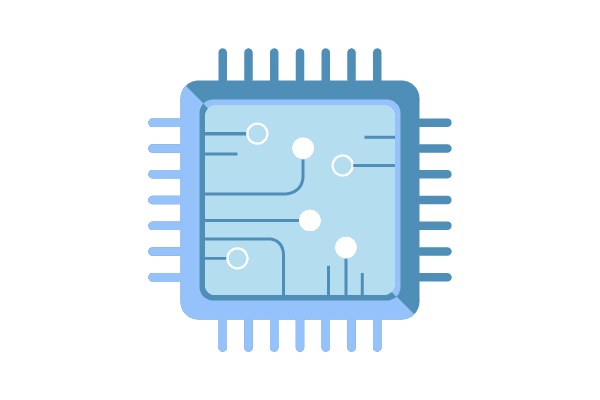Wireless systems and internet-connected devices can drastically improve our lives and safety. They can automate our homes, increase convenience, and deliver information and entertainment instantly. These systems and devices can also be popular targets for cybercriminals, with over 1.5 billion attacks on smart home devices reported in the first half of 2021. Consumers and technology developers need to understand these vulnerabilities and seek out systems that prioritize security.
WiFi Sensing technology is revolutionizing the wireless and IoT sectors, introducing a new, non-invasive way to detect human presence. How secure is this emerging technology? Let’s dig in.
No Cameras, No Microphones
Many home security systems rely on cameras and microphones, many of which can be (and have been) hacked. There have been frequent reports of security cameras being hacked and private moments being watched. In some cases, hackers took over the devices to harass people in their homes, and other in-home cameras were used to steal passwords to personal or business accounts.
Unlike camera-based systems, WiFi Sensing technology does not reveal personal identifying information and does not infringe on privacy. This makes it a secure and safe solution for home security or people monitoring (for caregivers). WiFi Sensing devices can be in places like bathrooms (a recommended location for fall detection for elder care), AirBnbs, or hotels, offering peace of mind without disrupting anyone’s sense of privacy.
Uncrackable Algorithms, Encryption

Wi-Fi Sensing technology was developed with security in mind, carefully engineered to protect sensitive data being collected. While in use, WiFi Sensing engines analyze movement, sleeping or breathing patterns, etc. Any movement that disrupts existing WiFi signals is recorded and analyzed by the system. The algorithms powering the WiFi Sensing analyses are strings of randomized coding that can’t be cracked. In addition, WiFi Sensing systems use industry-leading encryption methods to store all sensing data. There is a separation between the front end (customer information) and the back end (sensing information), so no one can associate the data to a person. Private information remains safe behind carefully engineered walls.
Edge Computing Improves Security
Origin’s WiFi Sensing software runs 100% on the edge, only communicating with the cloud to relay sensing events to end-users. Not only does edge computing significantly improve speed and bandwidth, it also drastically improves security integrity by not storing mountains of private data in the cloud.

The use of edge computing also limits the window of opportunity for a cybercriminal to intercept and inject malicious code.
Privacy Protocols, Security Standards
Consumers need to be able to trust their smart home devices. WiFi Sensing companies, including Origin, take that charge seriously. Regulatory guardrails are in place to protect consumer privacy, such as the Personal Information Protection and Electronic Documents Act (PIPEDA), the General Data Protection Regulation (GDPR) and the California Consumer Privacy Act (CCPA). Origin faithfully follows the regulations, securely handling user information. Origin’s WiFi Sensing systems use Hypertext Transfer Protocol Secure (HTTPS) for communication between the App, Device, and the Servers.
Origin’s leaders, including Founder and CEO Ray Liu, are currently involved in the 802.11bf WiFi Sensing Project, which will update the WiFi standards set by the Institute of Electrical and Electronics Engineers (IEEE). The updated standards will ensure more WiFi-enabled devices are able to incorporate WiFi Sensing technology. In addition, the updated standards will work to upgrade WiFi security protocols and improve privacy vulnerabilities that were present in previous generations.
Origin’s Commitment
Though a world of internet-connected devices can make some people nervous, rest assured that WiFi Sensing is one of the most secure solutions available. Origin is steadfastly committed to protecting the privacy of all users and customers. Maintaining security standards and defending private information is a top priority as WiFi Sensing technology is integrated across industries.

